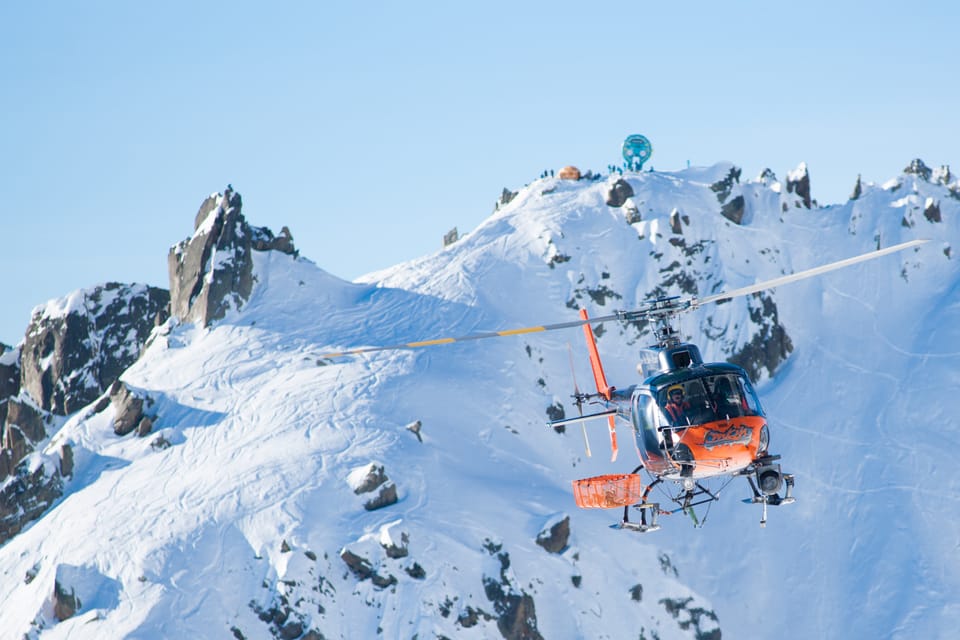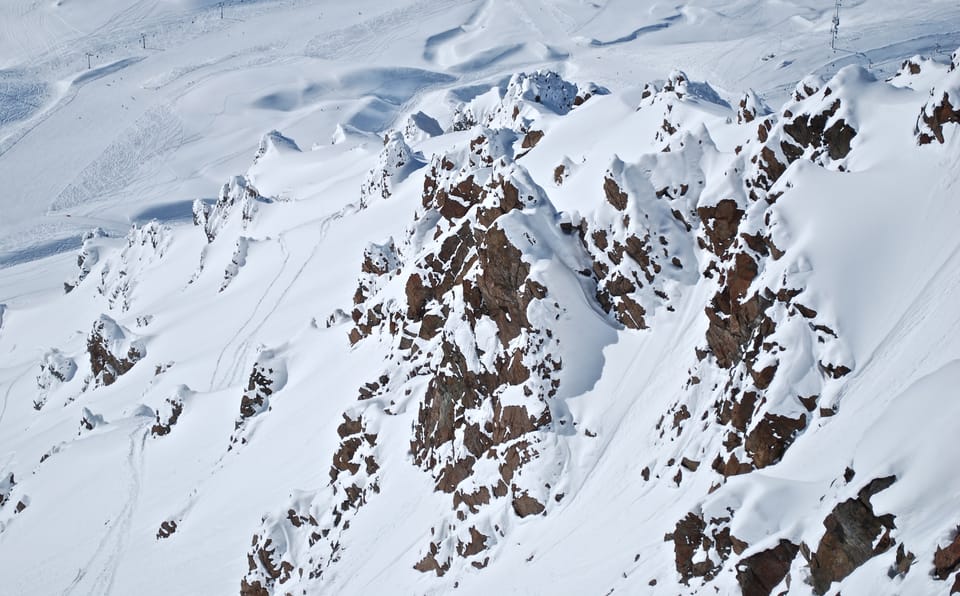Laax Uses Eco-Friendly Snowmaking to Keep Slopes Open Through Low-Snowfall Winter

Laax says it managed to keep skier numbers up at the record-breaking 2021/22 season levels during the recently completed 2022/23, despite what it described as “poor snow conditions” last winter.
The resort said it was able to build a base on all of its slopes that have snowmaking and averaged between 80 – 130 kilometres of slopes open out of its maximum 224 kilometres, with the majority of slopes open in the key month of February. It averaged 5,930 skiers in the resort per day.
All the snow cannons used in Laax run on 100% certified Swiss hyrdo power, regionally sourced, and the water used for the cannons is collected and recycled from melting snow each year.
Laax believes this process has allowed it to keep the resort open with minimum damage to the environment. Each year, the resort collects the melting water from the snow in reservoirs, some in the valley, some on the mountain. From there, at the beginning of the winter season they pump the water to the snow cannons to make snow, and the cycle continues.
Reto Fry, Head of Laax’s Greenstyle sustainability project says, “We know that winters will continue to get warmer and the weather more unpredictable over the coming years. Locally, the Vorab Glacier is expected to melt entirely within 30 years, whereas in the 1980s it allowed year-round snowsports. While producing snow through snow cannons can support ski resorts for the time being, this is just a plaster on a much larger problem. Unless we all make real commitments to cutting our carbon output it’s unlikely that skiing in the alps will be able to continue long term.”
Laax aims for its entire resort to be entirely carbon neutral by 2030 and are a Swiss leader in the tourism industry, fighting against climate change. Currently, the entire electricity requirement of the Weisse Arena Group, which operates the ski resort Laaax, has already been covered by Swiss hydropower and solar power since 2008, but Laax’s vision goes even further to include 100% renewable energy, 100% CO2 reduction in existing buildings, and 50% less residual waste.




